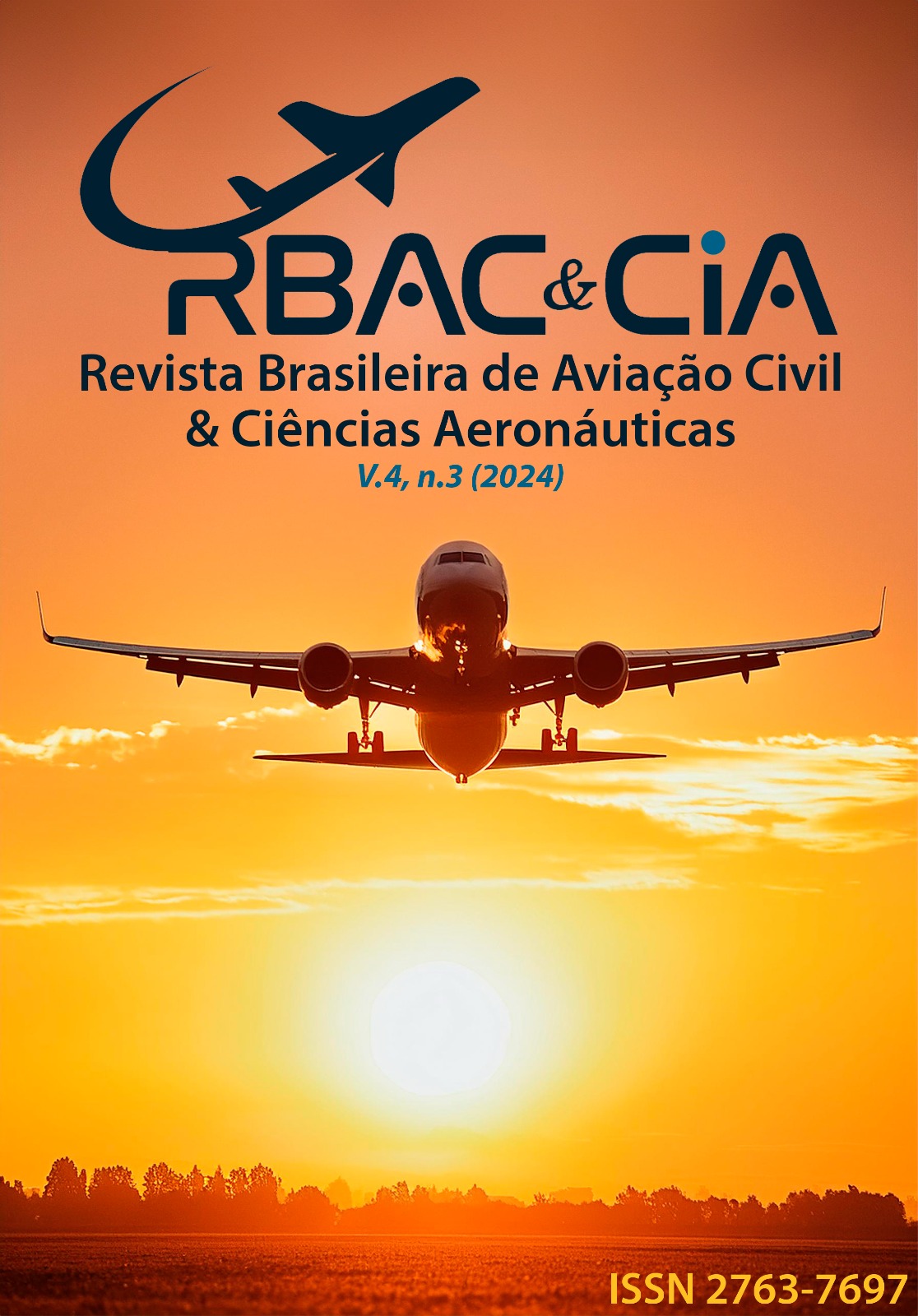ANÁLISE DE MOTORES DA AVIAÇÃO DE PEQUENO E MÉDIO PORTE E A SUA INFLUÊNCIA NA SEGURANÇA DE VOO ANALISYS OF SMALL AND MEDIUM SIZE AVIATION ENGINES AND THEIR INFLUENCE ON FLIGHT SAFETY
Conteúdo do artigo principal
Resumo
A evolução dos motores aeronáuticos, desde os primeiros motores a pistão até os motores a reação, representa um progresso significativo na aviação civil. Paralelamente, o desenvolvimento da sociedade e do mercado aeronáutico elevou as exigências dos consumidores, que priorizam motores eficientes, seguros e sustentáveis. Assim, o objetivo deste trabalho é analisar as diferenças e benefícios do uso de motores da aviação de pequeno e médio porte, a atuação de cada um na segurança do meio aéreo, de acordo com parâmetros regulamentares para a certificação ETOPS, gráficos de ocorrências do CENIPA, horas voadas e reserva de marcas fornecidas pela ANAC; e apresentar uma projeção de entrada de novas aeronaves e tendência de mercado, no que tange à propulsão das aeronaves nos próximos anos. Quanto à metodologia, são utilizados os procedimentos de estudo bibliográfico e documental em pesquisa qualiquantitativa para identificar os índices citados em sites especializados. Quanto ao método quantitativo, serão apresentadas informações acerca das ocorrências aeronáuticas e horas voadas no Brasil, a fim de esclarecer noções estatísticas da sua segurança, bem como a tendência de mercado, por meio da projeção analítica, com base nas reservas de marcas, àquelas aeronaves que ainda serão licenciadas no registro aeronáutico brasileiro. Os resultados indicam simplicidade e custos de operação mais acessíveis ao pistão, com destaque para o seu conjunto de benefícios em longo prazo, de forma significativa; e que o turboélice requer maior tecnologia envolvida, complexidade e segurança.
ABSTRACT
The evolution of aeronautical engines, from the first piston engines to modern and complex jet engines, represents significant progress in civil aviation. At the same time, the development of society and the aeronautical market has raised the demands of consumers, who prioritize efficient, safe, and sustainable engines. Thus, the objective of this work is to analyze the differences and benefits of the use of small and medium-sized aviation engines, the performance of each one in the safety of the air environment, according to regulatory parameters for ETOPS certification, CENIPA occurrence charts, hours flown and the Aircraft Registration Applications provided by ANAC; and to present a projection of the entry of new aircraft and market trends, with regard to aircraft propulsion in the coming years. As for the methodology, the procedures of bibliographic and documentary study in qualitative and quantitative research are used to identify the indexes cited in specialized websites. As for the quantitative method, information will be presented about aeronautical occurrences and hours flown in Brazil, in order to clarify statistical notions of its safety, as well as the market trend, through analytical projection, based on the aircraft register applications, that will still be licensed in the Brazilian aeronautical registry. The results indicate simplicity and operating costs that are more accessible to the piston, highlighting its set of benefits in the long term, in a significant way; and that the turboprop requires greater technology involved, complexity, and safety.
Downloads
Detalhes do artigo

Este trabalho está licenciado sob uma licença Creative Commons Attribution 4.0 International License.
